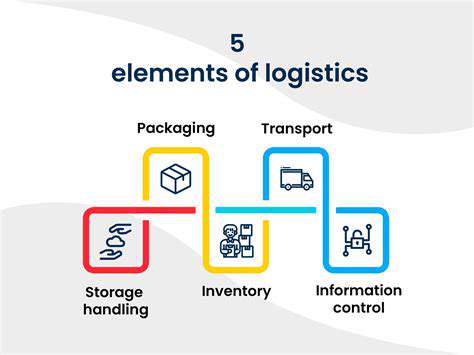How to Find Sustainable Volunteer Opportunities
Volunteering transforms lives, but the key to lasting impact lies in discovering roles that spark genuine enthusiasm. Ask yourself: What issues keep you up at night? Is it protecting endangered species, mentoring underprivileged youth, or revitalizing urban neighborhoods? Each cause offers unique ways to contribute - from hands-on fieldwork to behind-the-scenes coordination. When your volunteer work aligns with deeply held convictions, you'll find yourself returning week after week, not out of obligation but passion.
Cast a wide net during your search. Local libraries often maintain bulletin boards with community needs, while platforms like VolunteerMatch showcase specialized roles nationwide. Pro tip: Instead of generic animal shelter volunteering, search for feral cat TNR programs or equine therapy assistants. These specific terms reveal hidden gems where your particular talents can shine brightest.
Understanding Your Skills and Interests: A Personalized Approach
Successful volunteering begins with honest self-assessment. That knack for explaining complex concepts? Perfect for literacy tutoring. Your spreadsheet wizardry? Nonprofits desperately need data volunteers. Remember: Soft skills like patience and empathy often matter more than technical abilities when working with vulnerable populations.
Consider how your hobbies could serve others. Weekend gardeners might thrive in community orchard projects, while book lovers could revolutionize a shelter's reading program. The sweet spot emerges when volunteer work feels less like sacrifice and more like an engaging extension of your daily life.
Connecting with Local Organizations: Building Community Bonds
Nothing replaces face-to-face connections. Attend a food bank's volunteer orientation or join a park clean-up day before committing long-term. You'll gain invaluable insights into organizational culture and actual working conditions. Watch for green flags: Clear training procedures, respectful staff interactions, and measurable impact metrics indicate well-run programs worth your time.
Utilizing Online Resources: Expanding Your Search
Digital platforms have revolutionized volunteer recruitment. Sites like Idealist.org aggregate global opportunities filterable by duration, skill set, and cause area. Advanced search tip: Combine location filters with keywords like remote or flexible hours to find virtual volunteering options that fit unpredictable schedules.
Evaluating and Choosing the Right Opportunity: Ensuring Sustainability
The best volunteer commitments consider both immediate needs and long-term growth. Ask potential organizations: How will my work directly impact beneficiaries? and What training or support will I receive? Warning signs include: Vague answers, high turnover rates, or pressure to overcommit. A quality organization will respect your boundaries while providing meaningful work.
Think beyond the task list. Will this role develop transferable skills? Introduce you to inspiring mentors? Provide networking opportunities? The most rewarding volunteer experiences often yield unexpected personal and professional dividends.
CPAP technology represents a life-changing intervention for sleep apnea sufferers. By maintaining constant air pressure through specially designed masks, these devices prevent airway collapse during sleep cycles. The precision engineering behind modern CPAP units allows for customized pressure settings tailored to individual respiratory needs.
Connecting with Local Communities and Networks
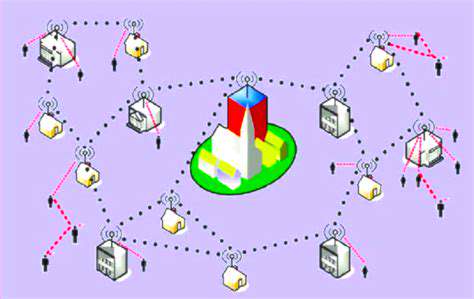
Strengthening Community Bonds
Authentic engagement requires moving beyond transactional relationships. The most effective community leaders practice radical listening - absorbing not just words but underlying hopes and frustrations. Neighborhood walking tours and listening sessions often reveal unmet needs that formal surveys miss. This grassroots intelligence shapes initiatives with higher participation rates and lasting impact.
Supporting Local Businesses
Every dollar spent at independent businesses circulates 3-5 times longer in the local economy than chain store purchases. Creative approaches like business bingo challenges encourage residents to discover new shops while building camaraderie. Proven strategy: Partner with chambers of commerce to create local first discount cards that drive customer loyalty.
Encouraging Volunteering
Micro-volunteering options remove common participation barriers. Two-hour park cleanups or weekly meal packing shifts accommodate busy schedules better than open-ended commitments. Game-changing insight: Tracking and celebrating collective volunteer hours through public displays (like thermometer graphics) triggers our innate desire for communal achievement.
Promoting Cultural Exchange
Food festivals showcasing immigrant-owned restaurants often become unexpected bridges between cultures. The shared language of cuisine frequently opens doors to deeper understanding. Consider pairing these events with storytelling booths where residents share family migration histories or cultural traditions.
Improving Infrastructure
Tactical urbanism projects demonstrate how small, low-cost interventions can test potential improvements. A painted bike lane or pop-up parklet built with community input often convinces skeptics better than renderings. This show don't tell approach builds support for larger infrastructure investments.
Addressing Community Needs
Asset-based community development flips traditional deficit thinking. Instead of focusing solely on problems, this approach maps existing strengths - skilled retirees, underutilized spaces, cultural assets - as building blocks for solutions. When residents see themselves as resources rather than recipients, engagement soars.
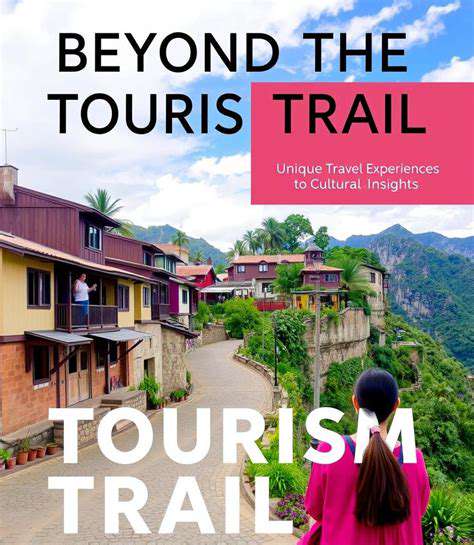

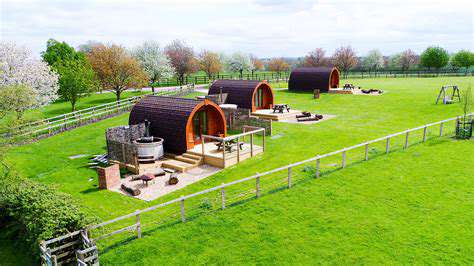


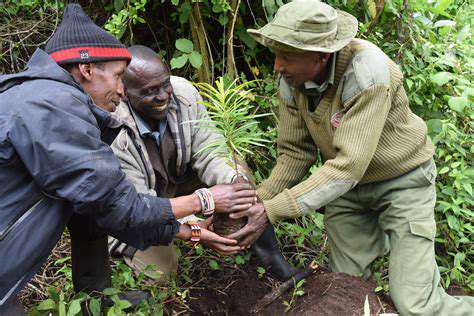


![Family Travel Itinerary Ideas [Worldwide Destinations]](/static/images/27/2025-05/ExoticAsianExplorations3AAncientWondersandVibrantCultures.jpg)

